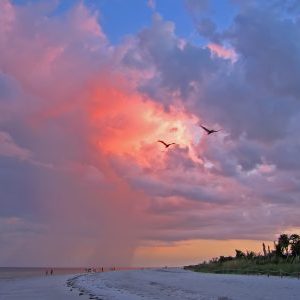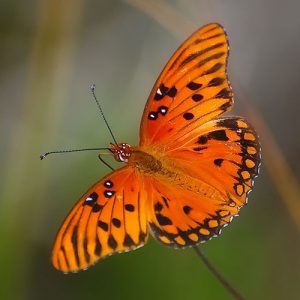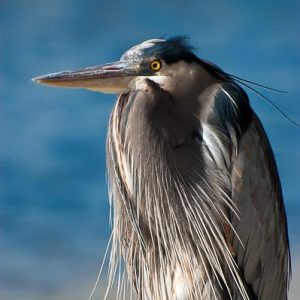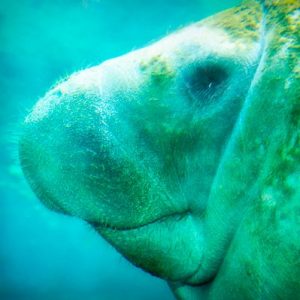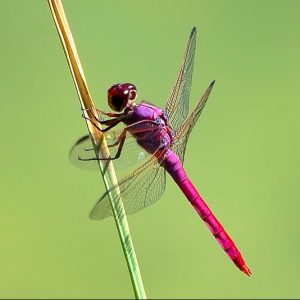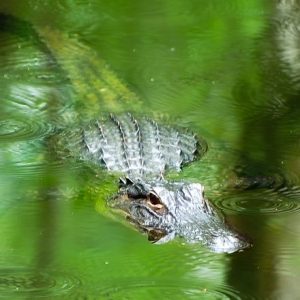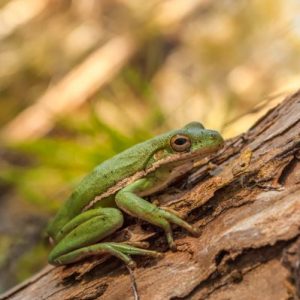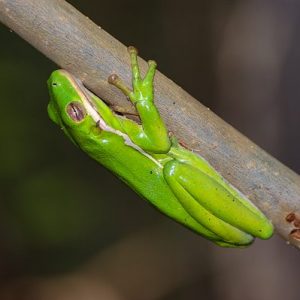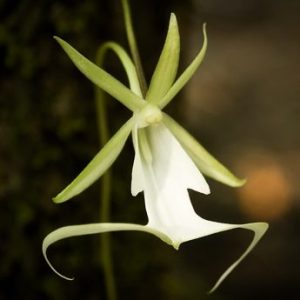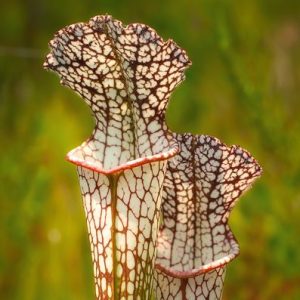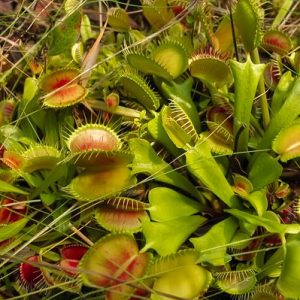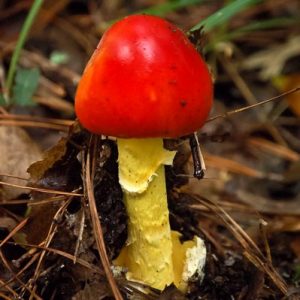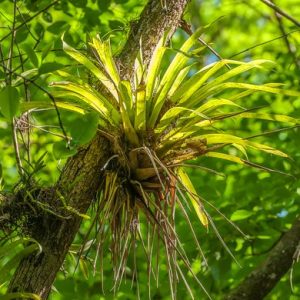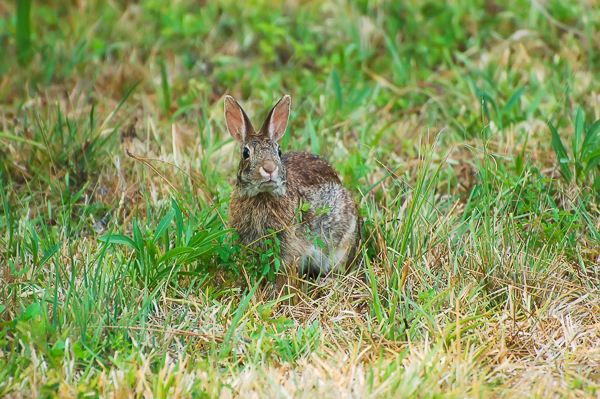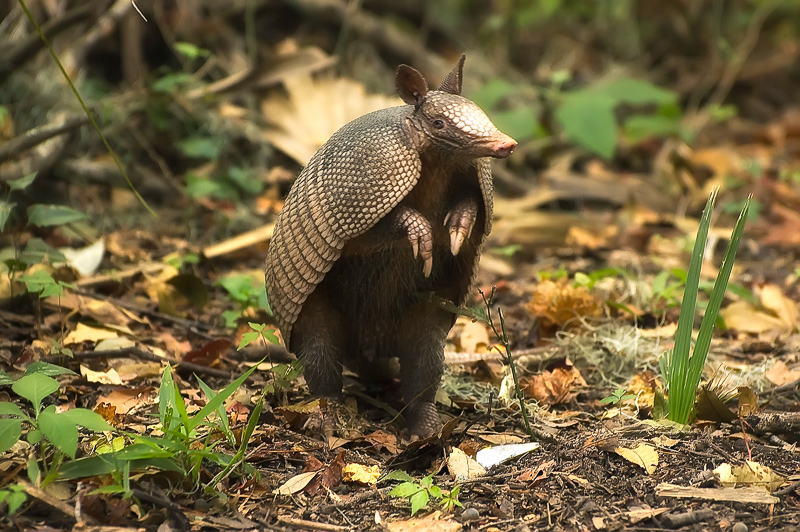Mammals
We mammals have come a long way since the time of the dinosaurs. Since those times, we’ve conquered the land, sea and air. Florida has at least 99 species of mammals living, breeding and thriving today.
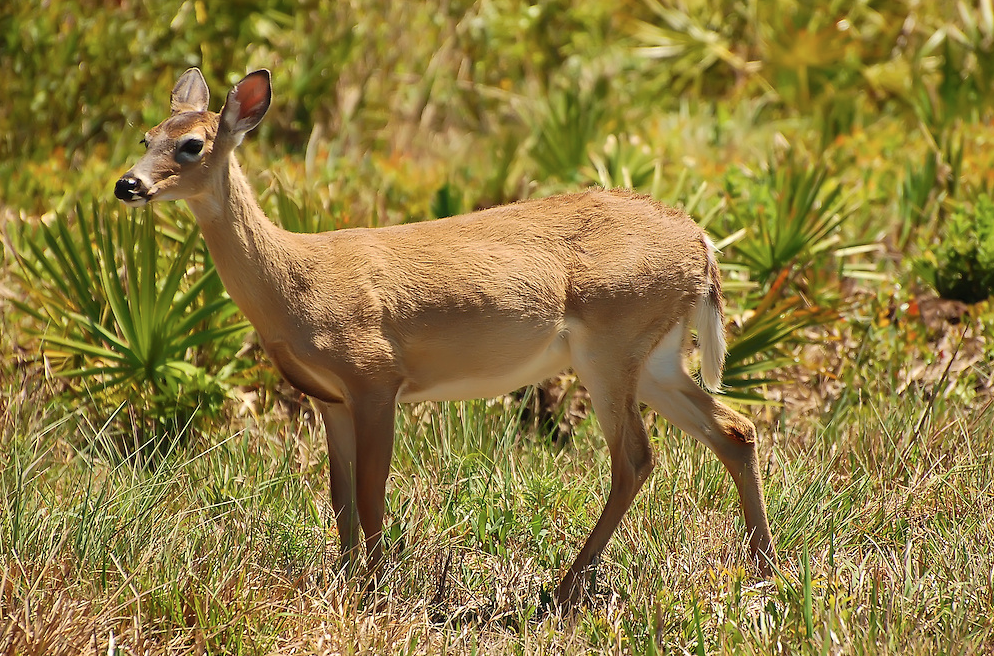
Deer
Historically an important food source for most human cultures and other predatory animals around the world throughout time, cervids include deer in their various forms, elk, moose, caribou and reindeer and are most easily recognized during parts of the year by their fantastic antlers.
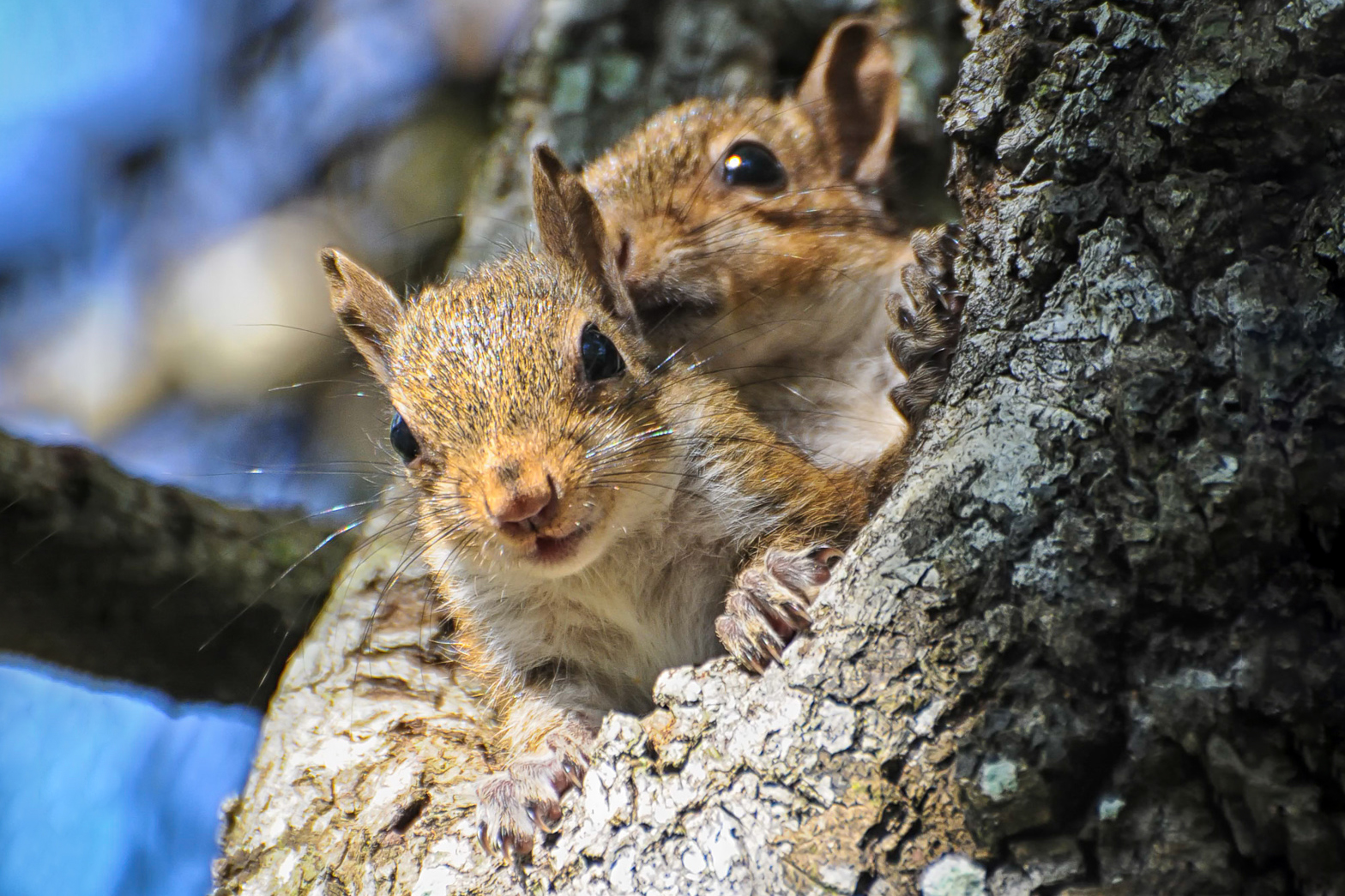
Squirrels
The family Sciuridae is a large family of small rodents, most notably tree squirrels, but also includes ground squirrels, chipmunks, flying squirrels, woodchucks, marmots and prairie dogs.
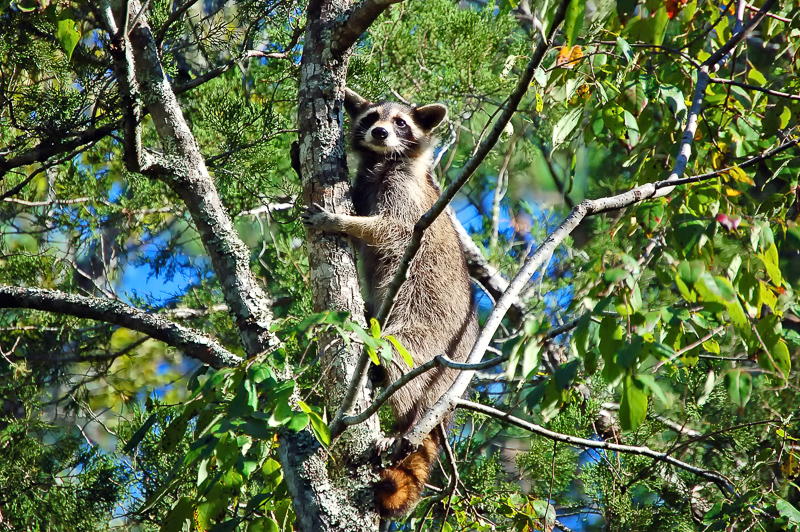
Raccoons
Small, curious and intelligent animals, procyonids are more commonly known as raccoons, ringtails and coati. These omnivorous animals behave like a cross between bears and cats, and share some common characteristics – striped long tails and “masks” over their furry faces!
Rabbits and Hares
Until recently, rabbits and hares were considered to be rodents, when it was determined by biologists and paleontologists that lagomorphs had split off on their own evolutionary branch from modern rodents between 55 and 65 million years ago. Today, lagomorphs are the most hunted group of mammals in the world, not only falling victim to carnivorous birds and reptiles, but also their fellow mammals! It’s a good thing they breed so quickly and often!
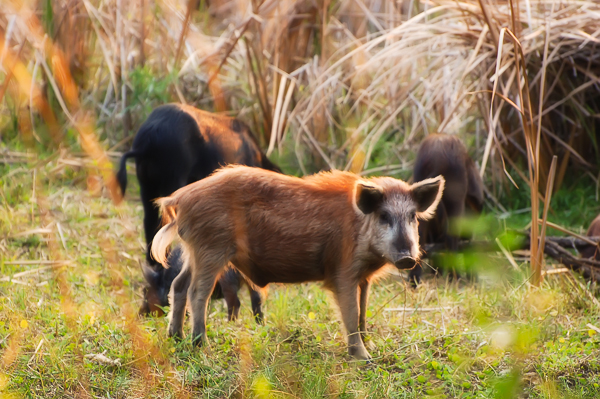
Pigs
Pigs. All modern members of the pig/hog/boar family of mammals found living today in North America (Suidae) are non-native. Ones found in the wild today in North America are either the descendants of farmyard escapees, the descendants of imported animals destined to be hunted, or some interbred version of both!
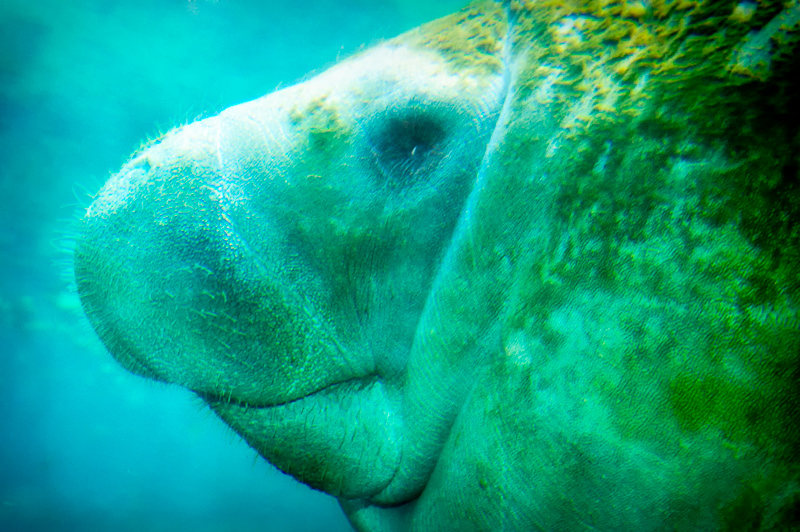
Marine Mammals
Manatees. Of the three species of manatees living today, only one – the West Indian manatee (Trichechus manatus) is found living natively along the coasts of North America, mostly in Florida but sometimes in other states bordering the Gulf of Mexico or the southern half of the United States.
Armadillos
Distantly related to anteaters and sloths, members of the distinctively New World mammal family Dasypodidae now only has one surviving lineage in North America – the armadillos. Originating in South America, the constantly changing volcanic landscape of Central America joined the Northern and Southern continents around three million years ago, allowing what is now known as the “Great American Interchange” which enabled our modern native armadillos to reach North America.

